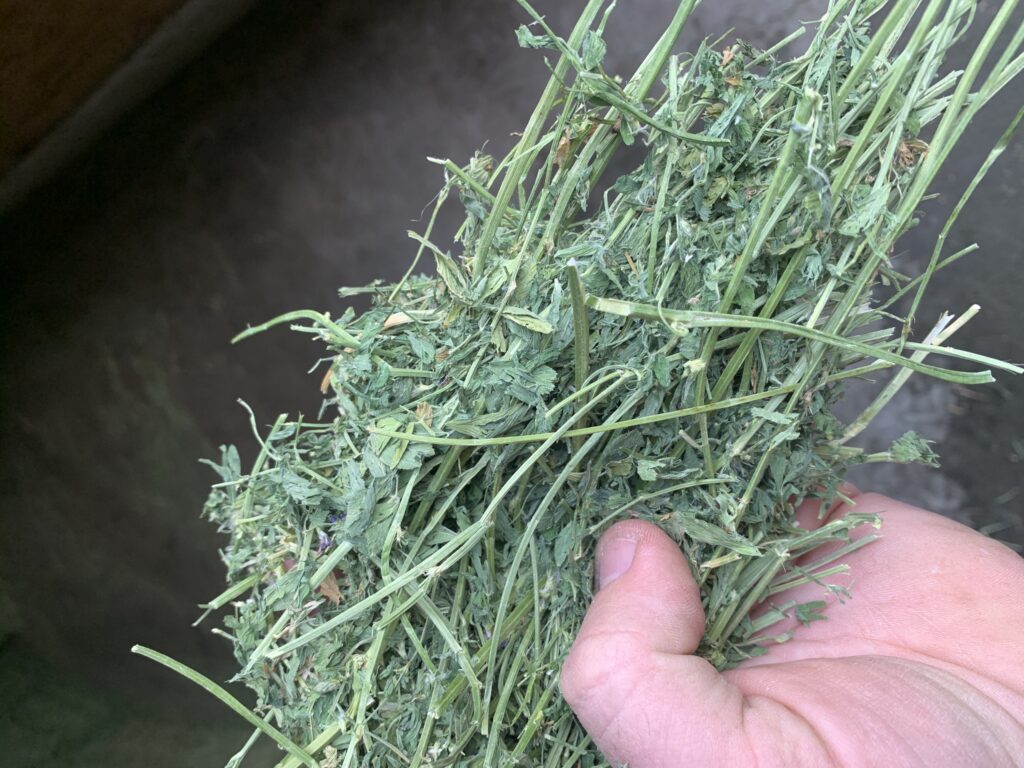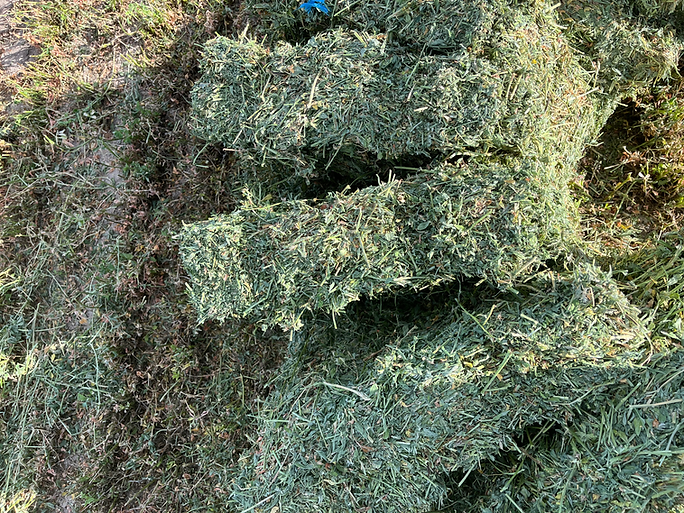Blood Clot Injection for Roosters
Raising roosters and other poultry can be a rewarding experience, but it also comes with its challenges. One of the most critical health issues faced by poultry enthusiasts is bleeding or blood clotting disorders in roosters. Blood clots are essential for stopping bleeding and ensuring proper healing, but when a rooster suffers from a bleeding injury or a clotting disorder, immediate medical attention is necessary.
In this comprehensive guide, we delve into the topic of blood clot injection for roosters, exploring what it is, when and why it is used, how to administer it safely, potential risks, and best practices for prevention and care. Whether you're a seasoned poultry keeper or a beginner, understanding this vital aspect of avian health will help you provide the best care for your flock.
What is a Blood Clot Injection for Roosters?
A blood clot injection is a medical intervention used to promote clotting in bleeding animals, including roosters. The injection typically contains substances such as vitamin K or other clotting agents that help blood to clot more effectively.
In poultry, blood clotting issues can occur due to various reasons, including injury, vitamin deficiencies, or underlying health conditions. When a rooster is bleeding excessively or has difficulty forming clots, administering a blood clot injection can be a lifesaver.
Why Do Roosters Need Blood Clot Injections?
Roosters may require blood clot injections for several reasons:
- Trauma or Injury: Cuts, punctures, or deep wounds caused by fights, predators, or accidental injuries can lead to significant bleeding. Applying a blood clot injection can help control bleeding rapidly.
- Vitamin K Deficiency: Vitamin K is essential for synthesizing clotting factors in the blood. A deficiency can cause bleeding disorders, making blood clot injections necessary.
- Clotting Disorders: Some roosters may have inherited or acquired clotting disorders, such as hemophilia, which impair their ability to form blood clots naturally.
- Post-Surgical Care: After surgical procedures, blood clot injections may be used to prevent excessive bleeding and promote healing.
- Poisoning or Toxins: Certain toxins can interfere with normal blood clotting, requiring medical intervention.
Types of Blood Clot Injections for Roosters
While vitamin K injections are the most common, other types of injections may also be used depending on the situation:
1. Vitamin K1 (Phylloquinone) Injections
- The most commonly administered blood clotting aid.
- Helps in cases of vitamin K deficiency.
- Usually given via intramuscular or subcutaneous injection.
2. Clotting Factor Concentrates
- Used in cases of severe clotting disorders like hemophilia.
- Typically administered by veterinary professionals.
3. Hemostatic Agents
- Such as tranexamic acid, used to promote blood clotting in specific scenarios.
- Usually administered under veterinary supervision.
How to Administer a Blood Clot Injection to Roosters
Administering injections to poultry requires care, precision, and knowledge of proper techniques to ensure safety and efficacy. Here’s a step-by-step guide:
Step 1: Gather Necessary Supplies
- Sterile syringe and needle (appropriate size for poultry, typically 25-23 gauge)
- Vitamin K1 injection solution
- Alcohol swabs
- Gloves
- Towel or cloth for restraint
Step 2: Restrain the Rooster
- Handle the rooster gently but firmly.
- Wrap the bird in a towel or cloth to immobilize wings and legs, reducing stress and movement.
- Ensure the bird’s head is secure but not causing undue stress.
Step 3: Determine the Injection Site
- Common sites for injection include the breast muscle (pectorals) or the thigh muscle.
- Clean the site with an alcohol swab to prevent infection. Milkogen for Cattle
Step 4: Administer the Injection
- Insert the needle at a 45-degree angle into the muscle.
- Draw back slightly to ensure you are not in a blood vessel.
- Inject the appropriate dose slowly.
- Withdraw the needle and apply gentle pressure with a clean cloth to stop any bleeding.
Step 5: Observe the Bird
- Monitor the rooster for any adverse reactions.
- Keep the bird calm and comfortable.
- Watch for signs of allergic reactions or excessive swelling.
Dosage and Frequency
The dosage of vitamin K1 varies depending on the size and health of the rooster, as well as the severity of bleeding. Typically:
- Vitamin K1 (Phylloquinone): Administer 0.5 to 1 ml per 2-3 kg of body weight, subcutaneously or intramuscularly.
- Frequency: Usually once or as prescribed by a veterinarian, with repeat doses if necessary.
Important: Always consult with a veterinarian for accurate dosage and treatment plans tailored to your bird’s specific needs. Lactatropin for cattle
Risks and Precautions
While blood clot injections can be lifesaving, they also carry potential risks:
- Infection: Improper sterilization can introduce bacteria.
- Allergic reactions: Some birds may react adversely.
- Incorrect dosing: Overdose can cause clotting issues or toxicity.
- Stress: Handling and injections can stress the bird, affecting recovery.
Precautions:
- Use sterile equipment.
- Follow veterinarian advice strictly.
- Ensure proper restraint to prevent injury.
- Observe the bird closely after administration.
When to Seek Veterinary Assistance
Despite best efforts, some situations require professional veterinary intervention:
- Severe or uncontrolled bleeding
- Signs of infection at the injection site (swelling, redness, pus)
- Allergic reactions (difficulty breathing, swelling)
- Unresponsive to initial treatment
- Underlying health conditions suspected
Always prioritize professional veterinary care for complex or persistent issues.
Prevention Tips for Blood Clotting Disorders in Roosters
Prevention is always better than cure. Here are some key practices to promote healthy blood clotting in your flock:
1. Adequate Nutrition
- Ensure a balanced diet rich in vitamin K, found in green leafy vegetables such as spinach, kale, and broccoli.
- Provide appropriate poultry feed formulated to meet nutritional needs.
2. Avoid Toxins and Poisons
- Keep household chemicals, pesticides, and toxic plants away from the flock.
- Prevent exposure to spoiled feed or contaminated water.
3. Proper Wound Care
- Regularly inspect your birds for injuries.
- Clean wounds promptly to prevent infection and promote natural healing.
4. Regular Health Checks
- Schedule routine veterinary check-ups.
- Monitor for signs of bleeding or health issues.
5. Maintain Clean Environment
- Keep the coop clean and free of sharp objects.
- Reduce stressors that could lead to fights or injuries.
Common Questions About Blood Clot Injection for Roosters
Q1: Can I give a vitamin K injection to my rooster myself?
A: Yes, if you are trained and knowledgeable about poultry injections. However, it is always best to consult or hire a veterinarian to ensure proper technique and dosage.
Q2: How long does it take for a blood clot injection to work?
A: Effects can be seen within a few hours, but full stabilization may take 24-48 hours. Always monitor for improvement or adverse reactions.
Q3: Are blood clot injections safe?
A: When administered correctly and under veterinary guidance, they are generally safe. Misuse or incorrect dosing can cause complications.
Q4: Can blood clotting issues be inherited?
A: Yes, some breeds or individual birds may have inherited clotting disorders like hemophilia.
Q5: What are alternative treatments?
A: Depending on the cause, treatments may include vitamin K supplementation, antibiotics for infections, or surgical intervention. Always seek veterinary advice.
Conclusion
Understanding the role and administration of blood clot injection for roosters is vital for poultry enthusiasts and farmers committed to animal welfare. These injections can be lifesaving tools in emergency situations or for managing bleeding disorders. However, they must be used responsibly, with proper technique, and ideally under veterinary supervision.
Prevention through good nutrition, environment management, and prompt wound care remains the best strategy to ensure your roosters stay healthy and free from bleeding issues. Always prioritize professional veterinary advice for diagnosis and treatment of complex or persistent conditions.
By staying informed and prepared, you can provide your flock with the best possible care, ensuring their health, safety, and productivity.
References & Resources
- Bdney Equine Solution
- Poultry Health and Management Resources
- Veterinary Poultry Medicine Journals
- Local Veterinarians specializing in Avian Medicine
Remember: Always consult your veterinarian before administering any medical treatment to your poultry.












